Melvin, Marie & Bev
Melvin, Marie & Bev were adopted from another school hatching project. Supposedly they are a cross between silkies and white leghorns. Chickens are frequently victims of school hatching projects and are often discarded by their young, inexperienced caretakers and left to fend for themselves. These projects send poor messages to children since they trivialize life and encourage the view that animals are disposable objects. There are many humane alternatives available (lifelike science kits, internet and printed materials) that foster curiosity, knowledge, respect, and love for our fellow sentient beings.
We have adopted so many hatching project survivors over the past 20 years we have lost count. These projects are truly the bane of my existence and I hope teachers and administrators everywhere understand how terrible they are for both the students and especially, for the animals. One of the biggest issues is that there is a 50% chance that the hatchlings will be roosters which are illegal to keep in many townships.
Since most sanctuaries are constantly inundated with requests to take roosters, finding homes for them is not as easy as everyone thinks. For example, our trio was supposed to be all female and a few months later, Melvin started to crow. Had he been taken home by a child, he likely would have had to be separated from his siblings and rehomed immediately.
Melvin, Marie and Bev came to us as young chicks and are a very bonded trio. Marie is the boss (sorry, Aunt Marie!) and Bev is very sweet and reserved. Melvin, on the other hand, well let’s just say, despite his small size, he is very good at his job. : ) They live in one half of the sunroom and attached converted horse stall. Not fans of the colder weather, they spend more time in their sunroom than out in their protected garden these days. (In the pic on the left, you can see the thick marine grade plastic that we use to cover the sides of the aviary during the winter. When it warms up, we wash them and roll them up so they are ready for the following winter.)
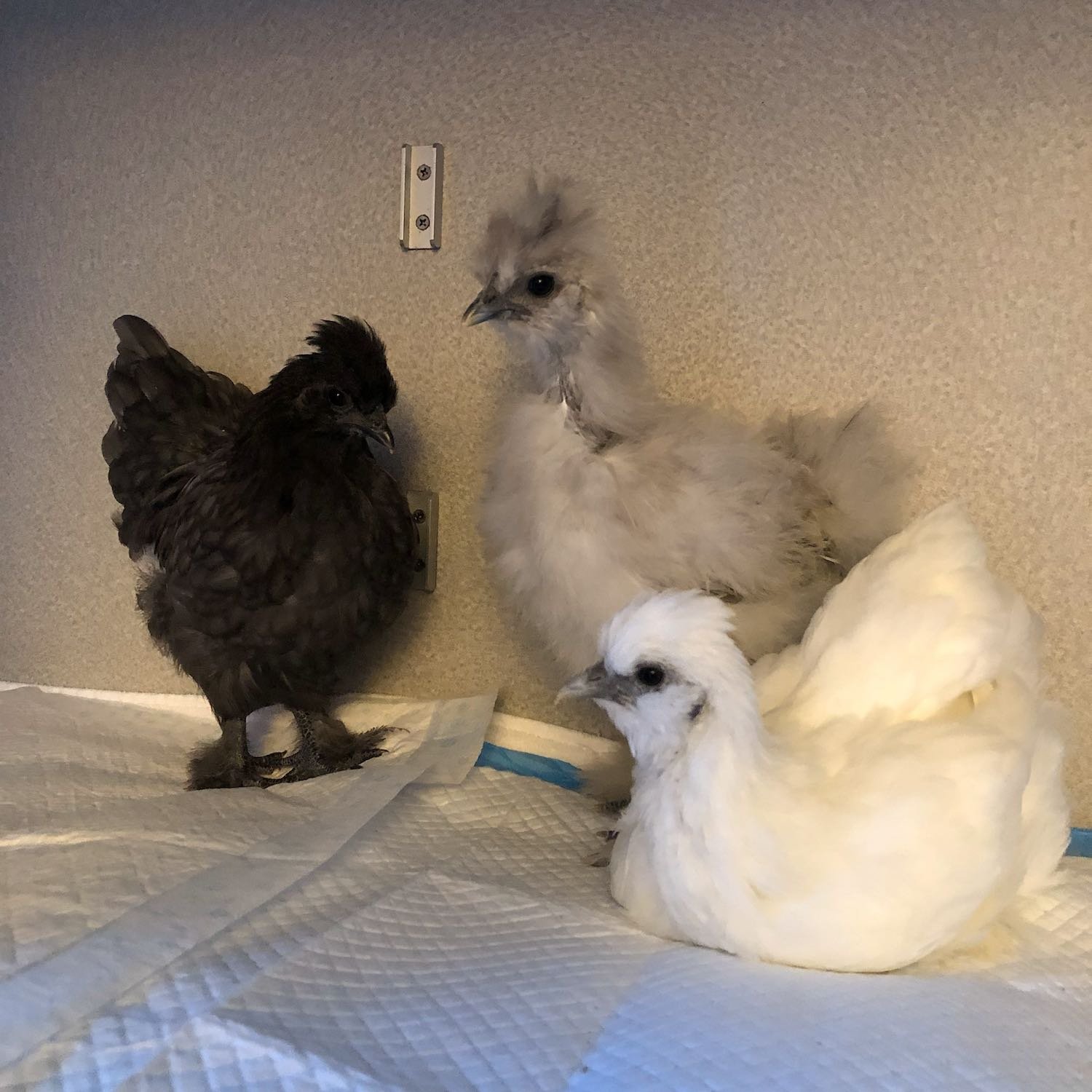
The trio spent their first few weeks inside our sanctuary hospital.
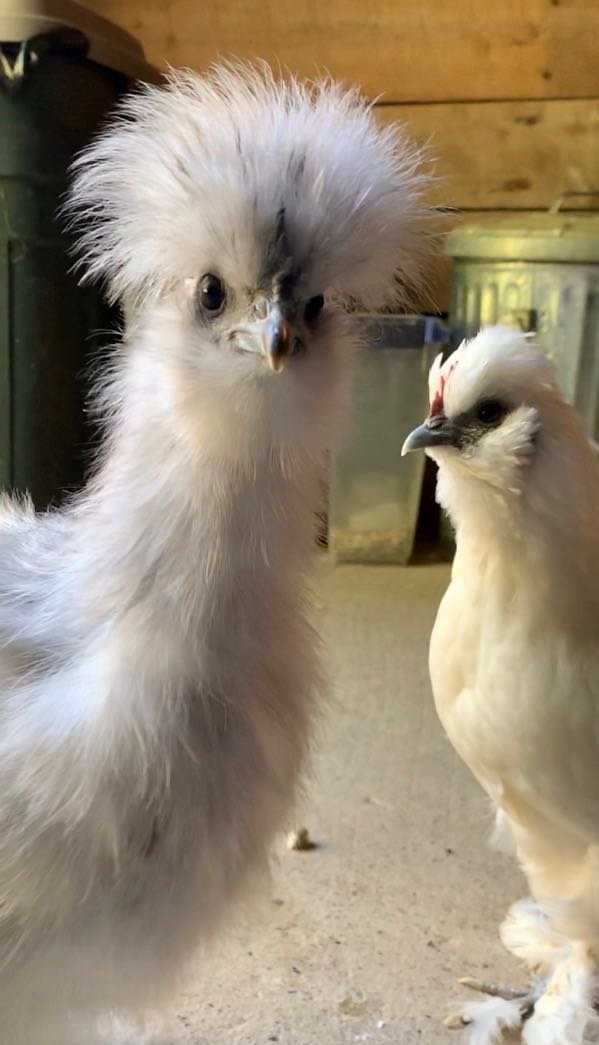
See how sweet he was?
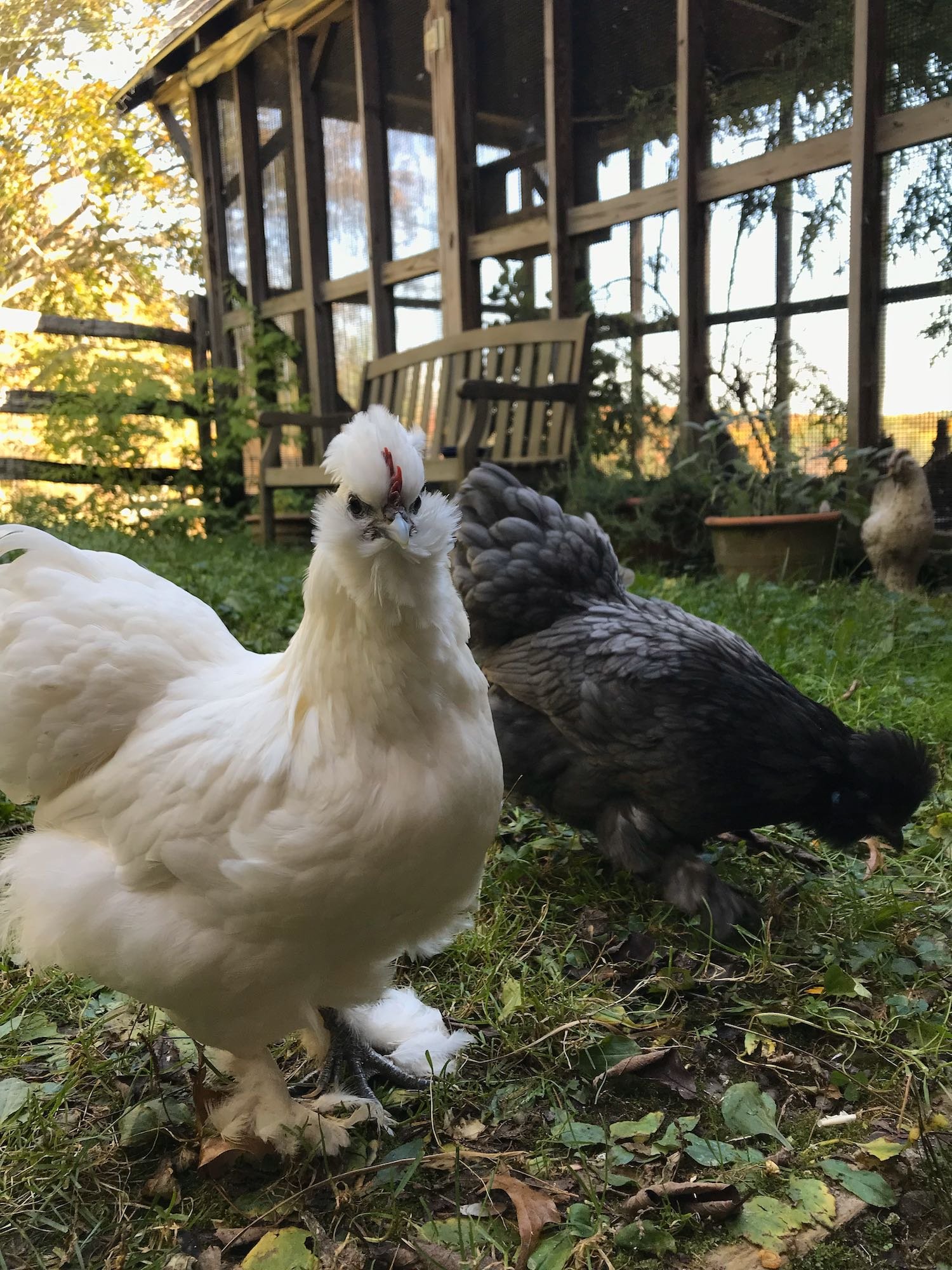
Foraging on a nice Fall day in the garden.
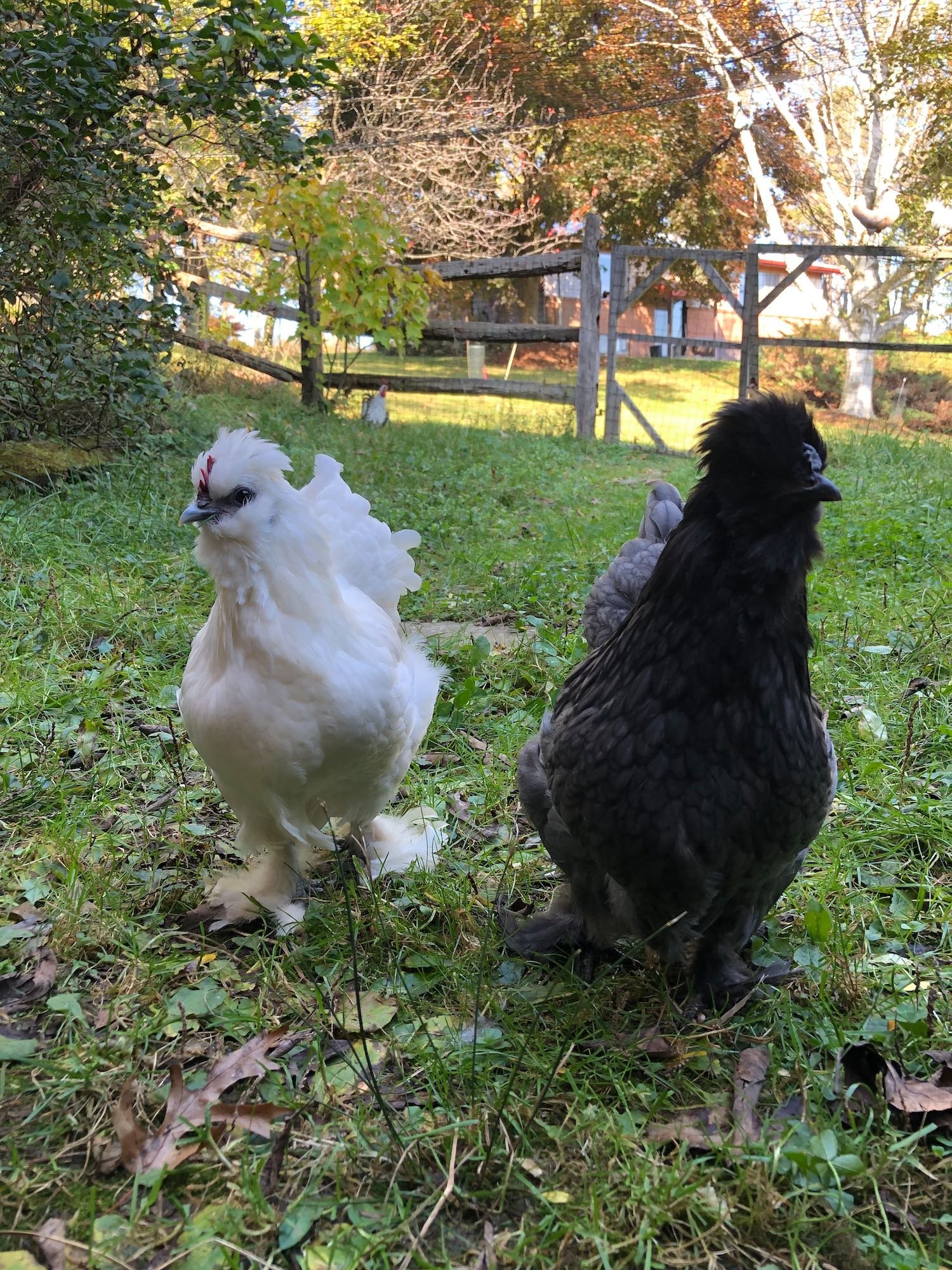
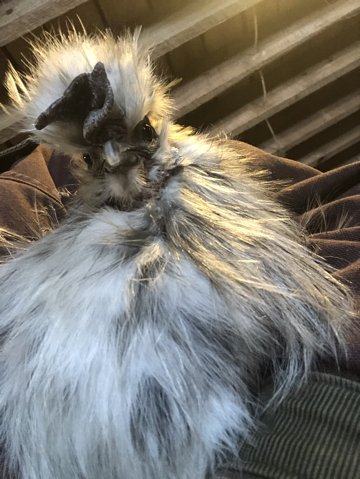
We often resort to carrying Melvin around while cleaning their enclosure.
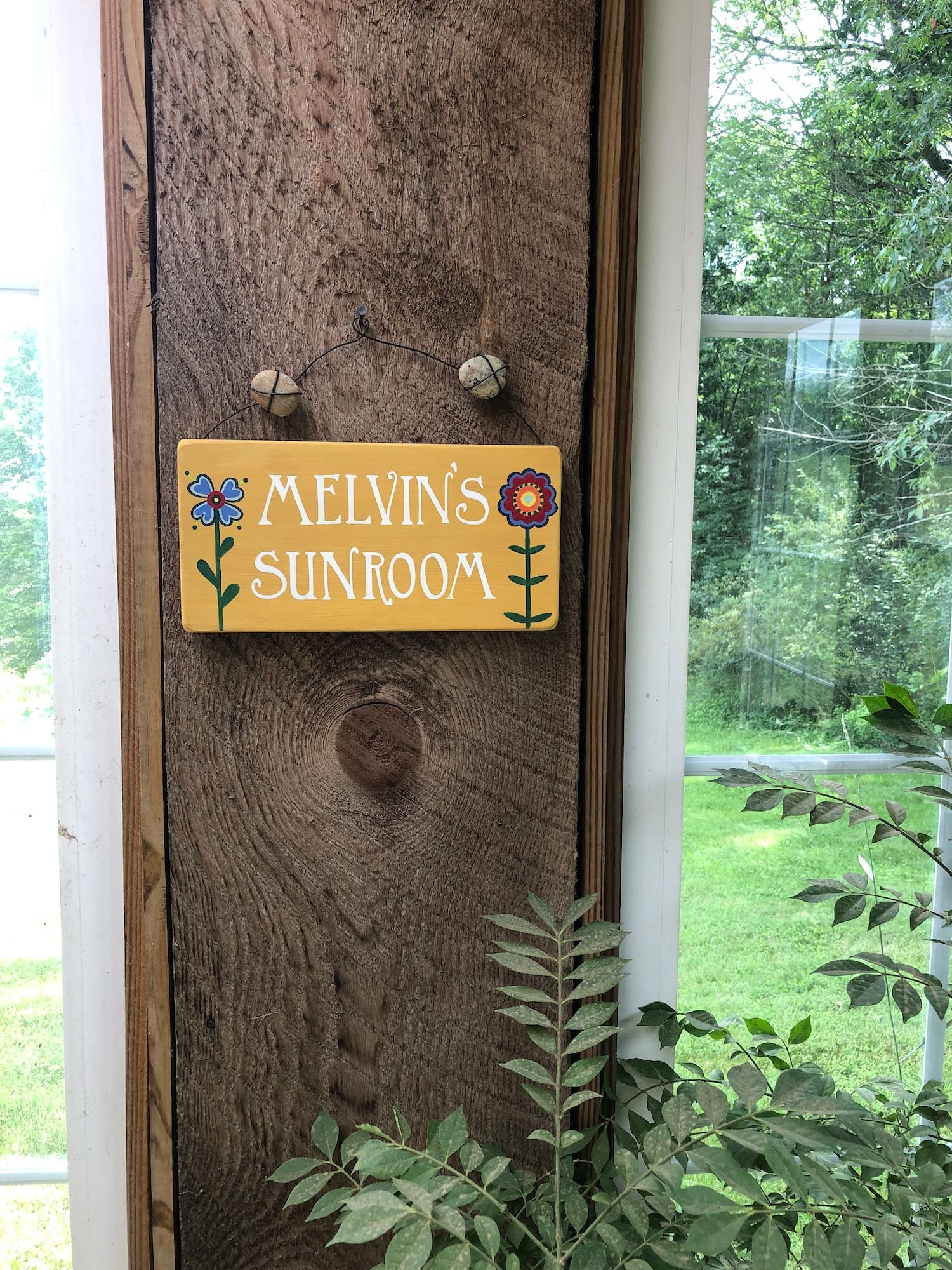
Our sweet friend Tiffany made beautiful signs for each of the sunrooms. She also made our gorgeous welcome sign.
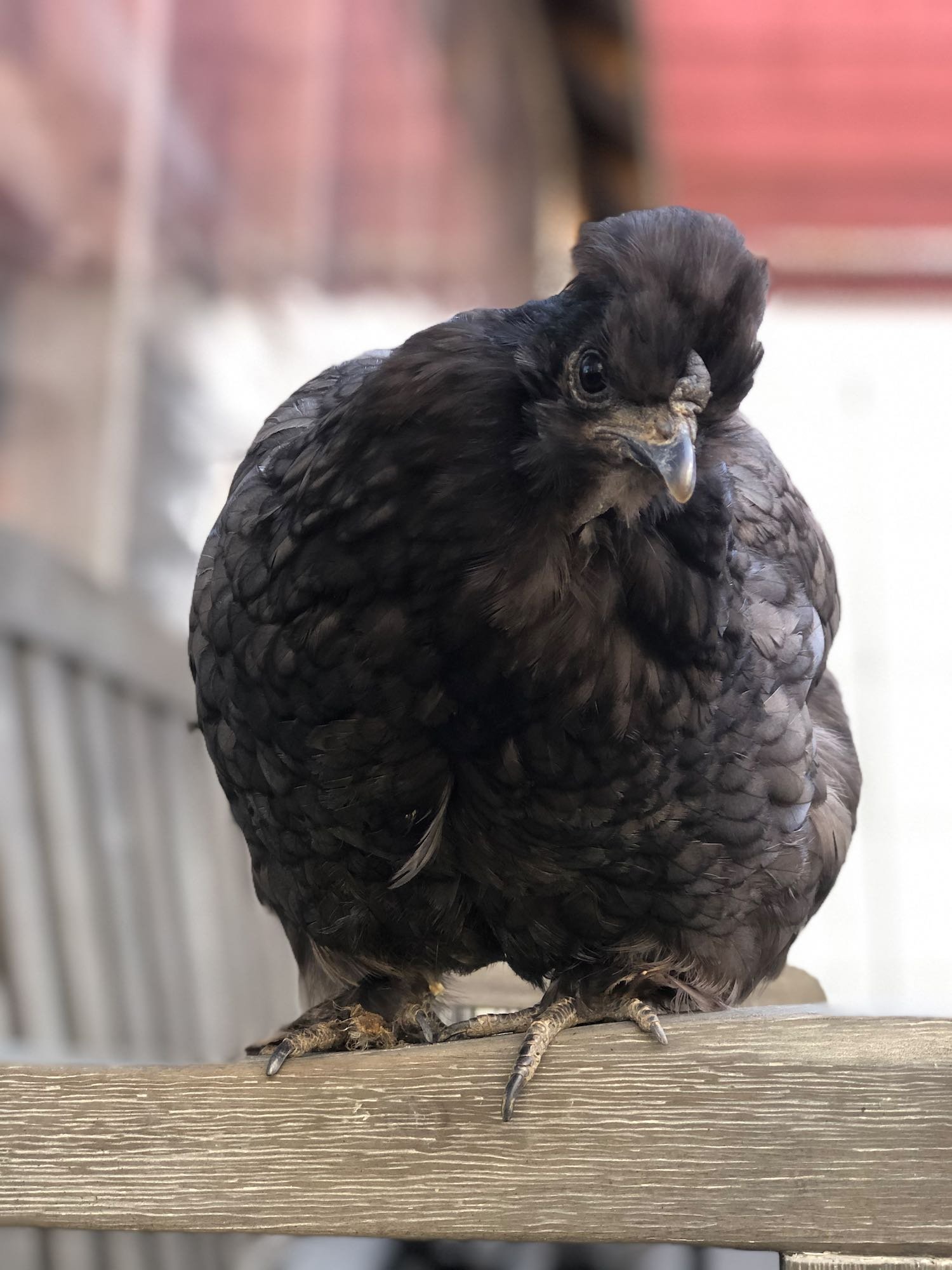
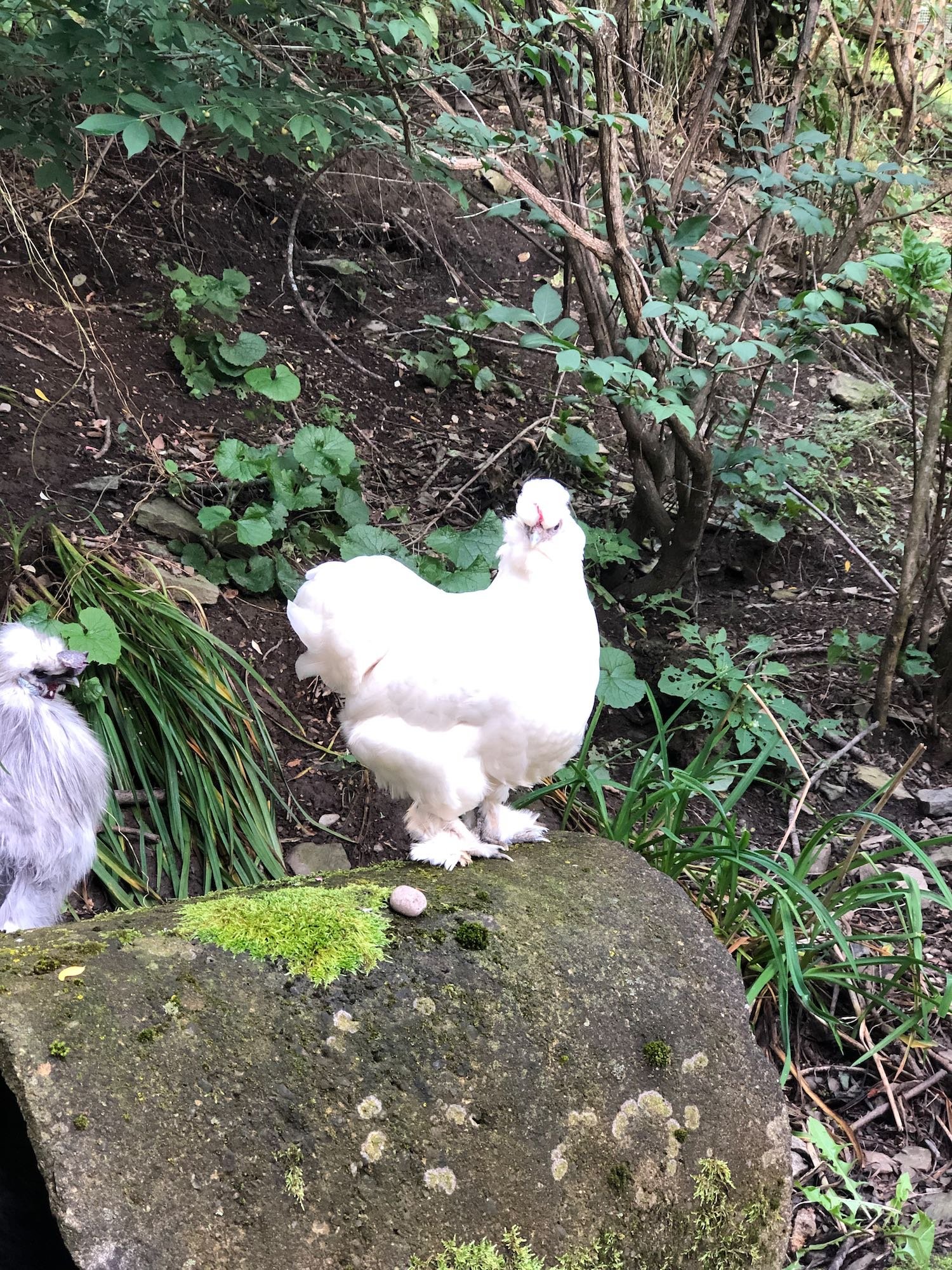
Bev exploring the garden. You can see Melvin is always keeping a close watch.
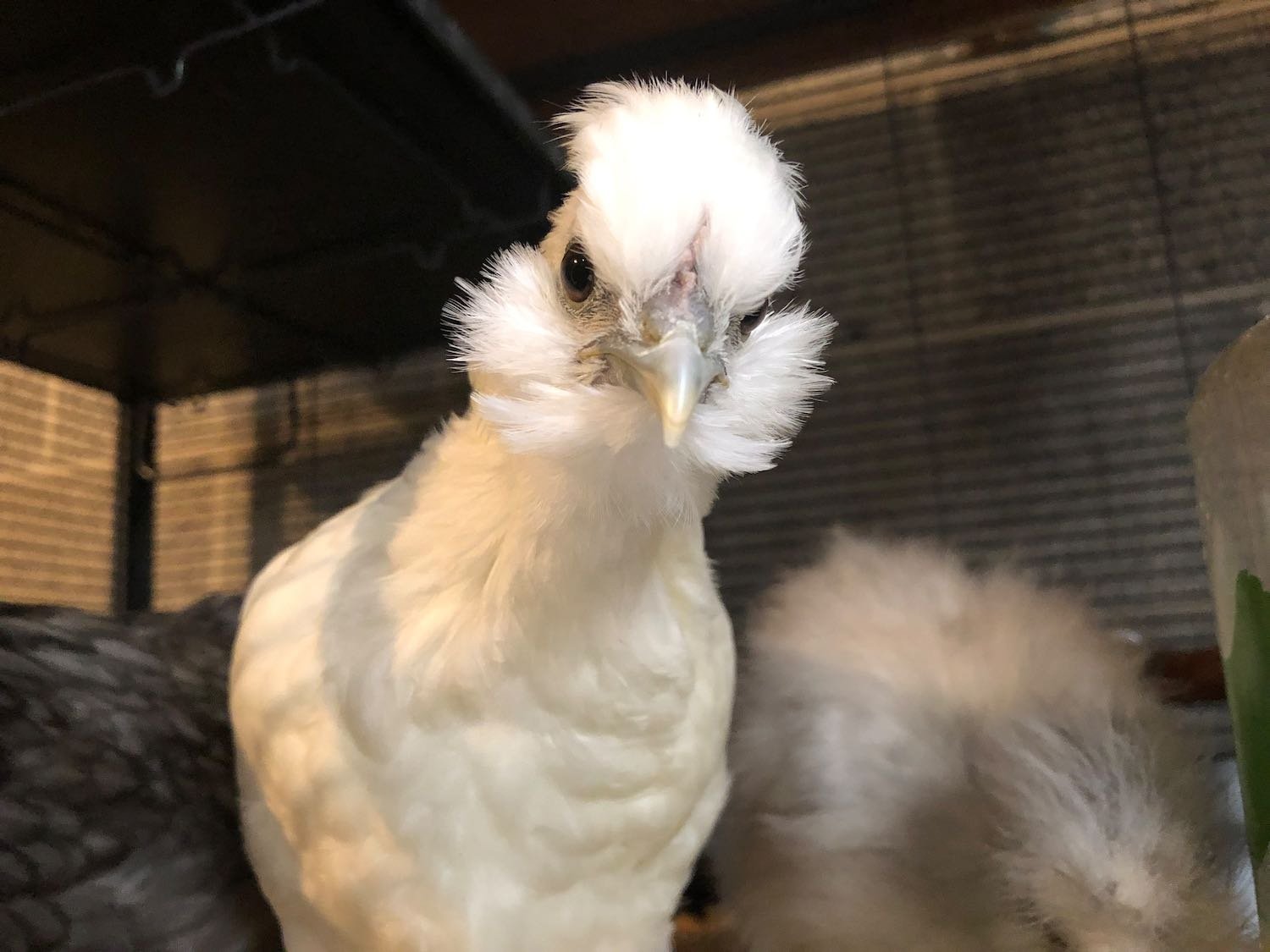
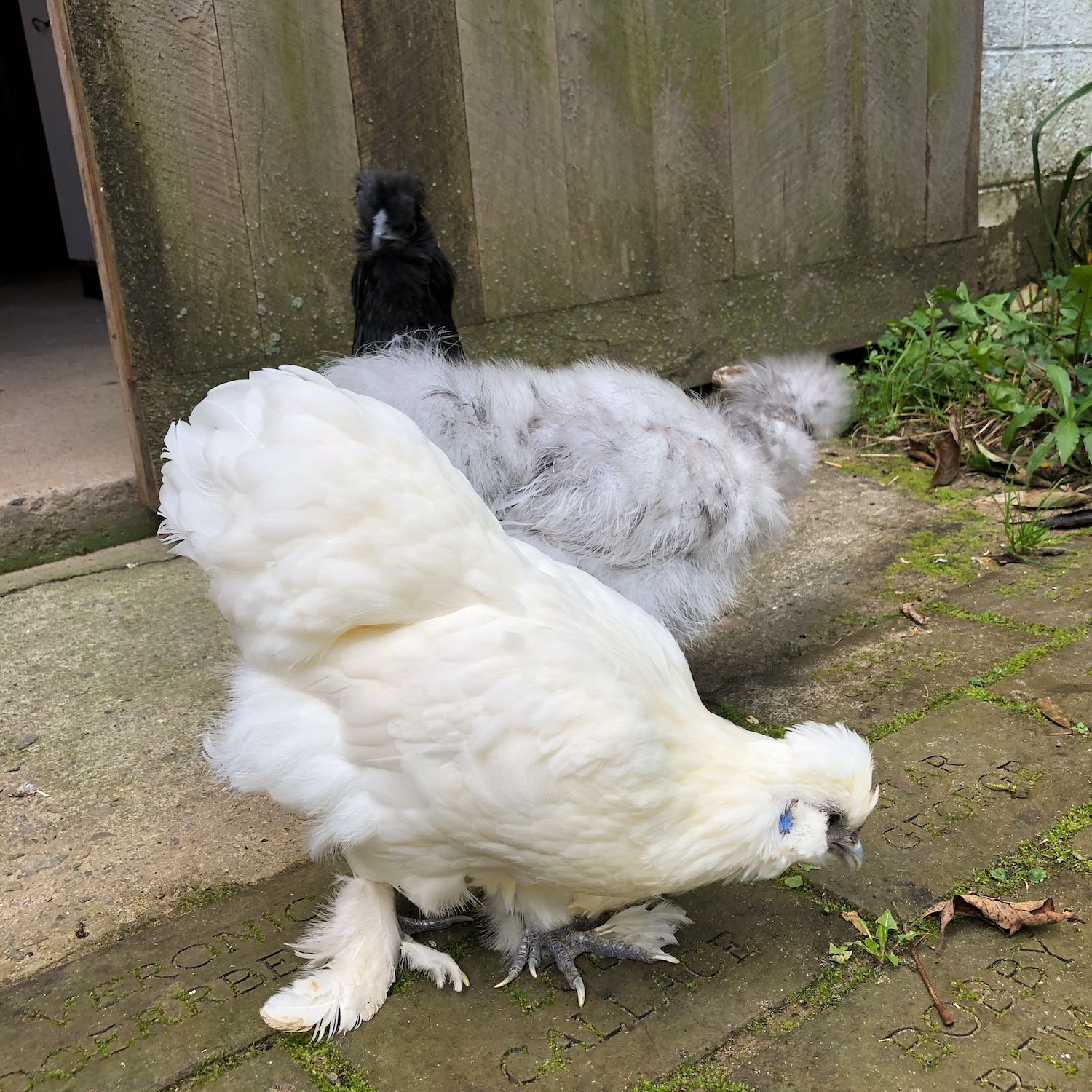
Marie photo-bombing from behind, haha! She's such a character!

